- Joined
- Aug 14, 2018
- Messages
- 812
- Points
- 403

A twenty-gun ship of the 1719 Establishment.
From the Modelship Dockyard POF kit HMS Blandford.
From the Modelship Dockyard POF kit HMS Blandford.
The 1719 Establishment Group was the first real attempt to standardise dimensions of the various different rated ships of the Royal Navy. Although small the 6th rate 20-gun ships were very important and widely used throughout all areas of RN influence. Over the next two decades more than twenty ships were built, although all but three were rebuilds, (a common practise, either cutting down a larger older ship or simply using the best timbers from a decommissioned ship). The three new builds were Blandford, Greyhound and Rye.
The class was based on HMS Dursley Galley, commissioned 1719, built by Master Shipwright Richard Stacey, Stacey also built, among several of the others HMS Blandford. Photographs of a beautiful model of the Dursley Galley feature in the book ‘The Sailing Frigate by Robert Gardiner’ as well as on the cover. Interestingly Stacey, while Master Shipwright of the Royal Dockyard, Portsmouth built HMS Success in 1712 a 24-gun 6th rate,(20 x 6 pound ud and 4 x 4 pound qd), although slightly shorter at length 94.5 feet looks remarkably similar to the 106 feet 1719 Establishment.
My intention is to build one of the 1719 ships as I think it might have looked in the 1720’s.
I started this build back last September but done little work on it until I finished the little Zulu sailing trawler ‘Boys’. Since then I have progressed to the point that I am now ready to install the lower deck cross beams. So far the build, although tedious at times, has went well with only one major faux pas. Unthinking I filled the 4mm spaces between the frames with the provided 4mm filler pieces without taking in regard the additional thickness of the fixing adhesive, and, although it was a very low viscosity yellow glue, by the time I realised that the frames were gradually being pushed of vertical I had reached beyond the halfway stage, stupid! I managed to fix it by using a very thin bladed Japanese push saw to cut though the fillers, thus reducing their width, I have taken more care since.
Since I wish to display this ship painted and stained I have covered the exposed parts of the frames with a dark oak stain and then sprayed the out sides with a protective clear lacquer I now want to leave it for several days to dry really hard so that if I have to I can return the hull to its cradle hopefully without damage. In the meantime I have turned my attention to the ships stove, the kit comes with an ok 3d printed stove but it looks more like a later iron fire hearth rather than the brick one that would have been originally installed. So never faint hearted I have had a go to build one from tiny 1/48 scale ceramic ‘bricks’, see pics. Sine it is situated deep within the bowels of the ship I should get away with it.
Here are some photos of my progress.

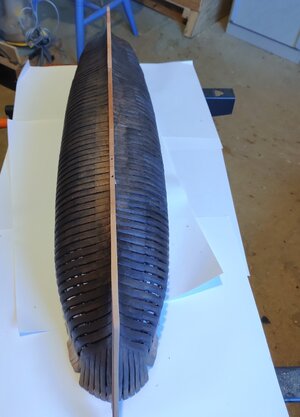

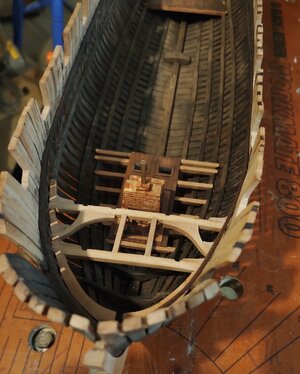
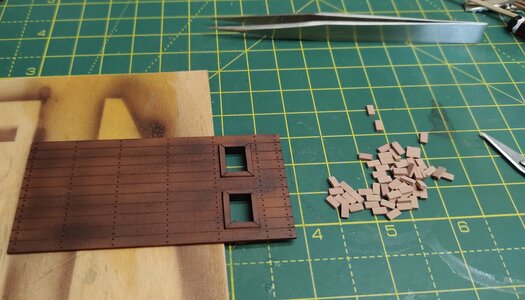




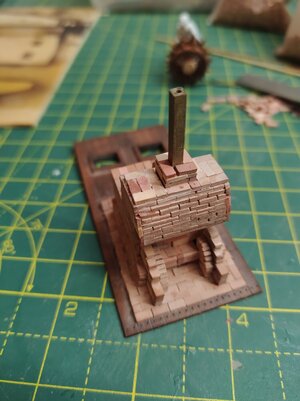 And here is the all but finished stove, at least Cook 'Slushy Peg leg' seems to approve!
And here is the all but finished stove, at least Cook 'Slushy Peg leg' seems to approve!
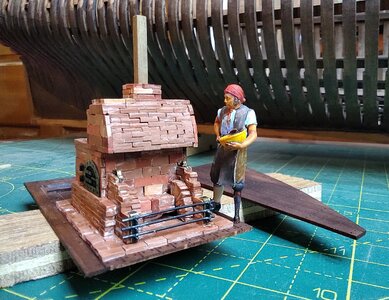
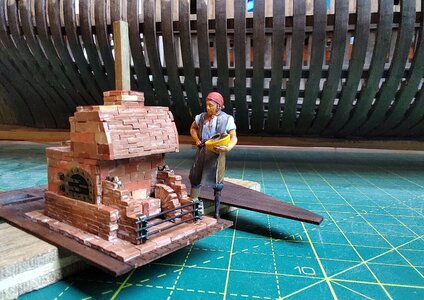 Cheers for now JJ..
Cheers for now JJ..



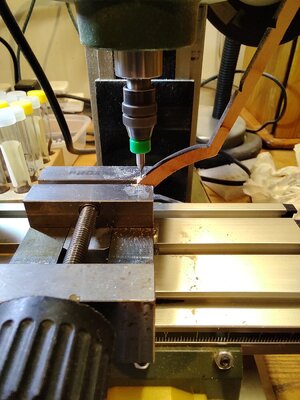


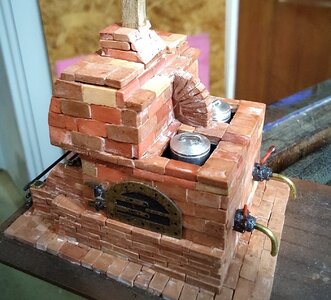


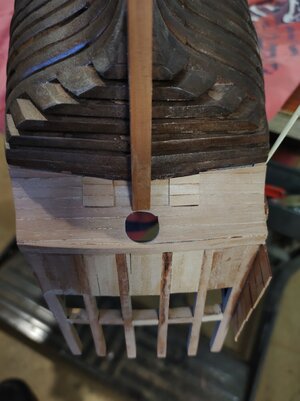

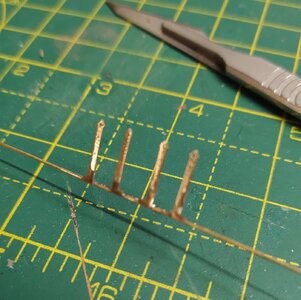
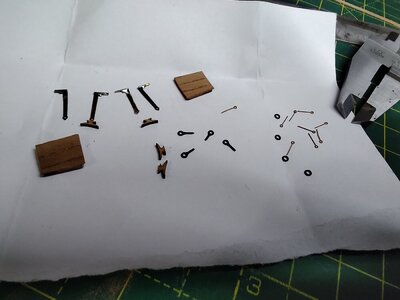

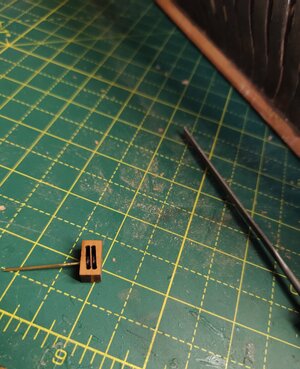
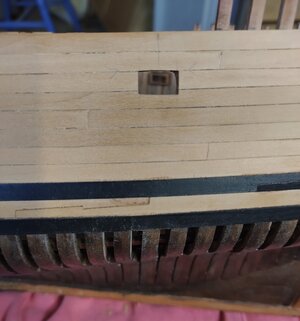
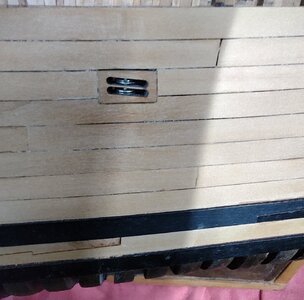
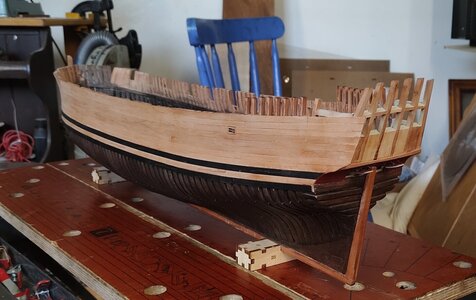
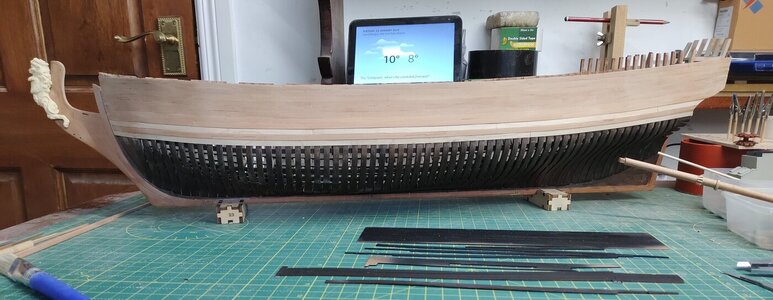
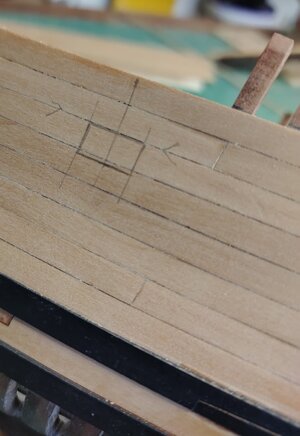

 However, it is worrying that so many build logs complain of poor instructions lately.
However, it is worrying that so many build logs complain of poor instructions lately.